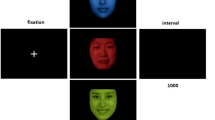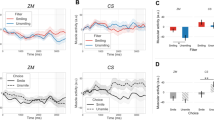Abstract
Language can evoke powerful emotions and influence consequent actions in readers, but the mechanisms underlying interactions of language and emotion are largely unknown. Since Darwin, emotional expressions have been implicated in emotional cognition, experience and understanding, but the functional role of the affective periphery is difficult to test. In a first experiment, facial electromyography revealed that silent reading of emotional (angry, sad, and happy) sentences automatically elicits differential patterns of activity in facial muscles used in expression of corresponding emotions (smiling and frowning). In a second experiment, temporary paralysis of the facial muscle corrugator supercilli (responsible for producing a frown) hindered processing, relative to pre-injection baseline, for angry and sad sentences, while processing for happy sentences was unaffected. These findings suggest a bi-directional mechanism between emotion and language, offer new evidence for facial feedback theories of emotion, and report a novel effect of botulinum toxin-A on human cognition.
Similar content being viewed by others
Article PDF
Author information
Authors and Affiliations
Rights and permissions
About this article
Cite this article
Havas, D., Glenberg, A., Gutowski, K. et al. Cosmetic Use of Botulinum Toxin-A Affects Processing of Emotional Language. Nat Prec (2009). https://doi.org/10.1038/npre.2009.3683.1
Received:
Accepted:
Published:
DOI: https://doi.org/10.1038/npre.2009.3683.1



